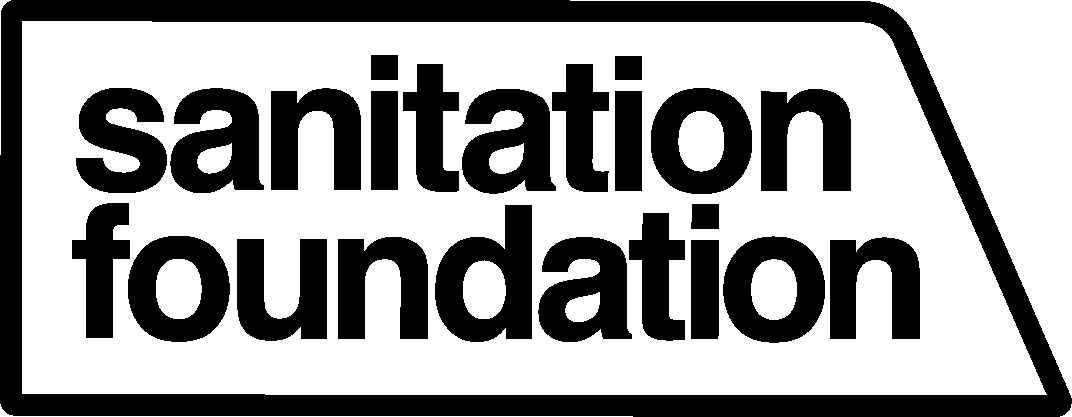Classroom Series: How to Make Compost
May 5, 2020 | By: Hillary Horowitz
When you are eating a banana and are left with the peel, or making eggs and have shells; what do you do with these items? Many people throw them in the garbage, but you could also use them to make compost! What is compost? In a nutshell, composting is a natural way to “recycle” organic material like dried leaves and vegetable scraps into a nutrient-rich soil we can feed to our plants. It’s so “rich” that farmers have nicknamed compost “Black Gold!”
Beyond the value that compost has for farmers and gardeners, composting plays an essential role in keeping food out of our landfills! One-third of what New Yorkers throw away is food scraps and yard waste. According to the U.S. Environmental Protection Agency, over 76 billion pounds of food per year ends up in landfills and combustion facilities; more than any other material in everyday trash! Organic waste in landfills generates methane, a potent greenhouse gas that is harmful to humans and the environment. By composting our food waste and other organics, methane emissions are significantly reduced.
A compost pile is much more than just a pile of food scraps. It requires care and a balance of nutrients. Every compost system needs a mixture of four main ingredients: green plant matter (greens), brown plant matter (browns), air and water. Let’s learn a little bit more about each one of these ingredients!
Green matter, also called “Greens” are rich in nitrogen. They can be any fresh plant material such as fruit and vegetable scraps, lawn clippings, and young weeds. Even though they aren’t green, tea bags and coffee grounds are also in this group.
Brown matter, also called “Browns” are rich in carbon. They can be any dried plant material such as, dead leaves, straw, sawdust and shredded newspaper.
We need air because the decomposers that break down your greens and browns need air to survive! The way we add air to our compost system is by mixing or turning it regularly to allow air in.
The decomposers that break down your compost need water. Your compost should feel like a wrung-out sponge. When caring for a compost system you’ll need to check the moisture every few days and give it some water if it feels too dry.
At this point you might be wondering, who or what are these decomposers?! We like to call these decomposers; the FBI. Which stands for fungus, bacteria and insects. These days we are hearing a lot about bacteria in relation to germs, but not all bacteria are bad! In a compost system bacteria do most of the work, even though they are invisible to the naked eye. Without decomposers all life would stop because new plants would not have the necessary nutrients needed to grow. Decomposers turn our garbage into plant food. In this way, valuable nutrients are returned to nature rather than shipped away to a landfill.
Oftentimes gardeners will have a big compost pile, or large wooden bins to create their compost. Right now since we are all trying to stay indoors we are going to learn how we can make our own black gold, right at home!
To learn more about how to compost in New York City, visit nyc.gov/composting
Compost in a Bag Experiment
What you’ll need:
1 plastic freezer bag
2 cups browns, chopped or torn into small pieces
1 cup greens, chopped or torn into small pieces
1 Tablespoon soil
Spray bottle with water
*Optional* Permanent marker
What to do:
Set-up:
Put your greens, browns and soil into the bag.
Mist everything inside the bag with water until the browns are moist, but not soggy. They should feel like a wrung-out sponge.
Seal the bag tightly with a zip top, or use a twist tie or rubber band and write the date you are beginning your compost experiment on the bag.
Maintenance:
Massage the bag daily to mix up the ingredients.
Open the bag every other day for 6 hours to aerate it.
Take notes about whatever changes you see to the materials as they decompose. In two to eight weeks you will have compost! Once your compost is dark brown in color and has an earthy smell, you are ready to use it. Sprinkle a little around the base of any houseplants and then water or, bring it outside and apply it around the base of a tree in your neighborhood.
To learn more about how to compost in New York City, visit nyc.gov/composting
